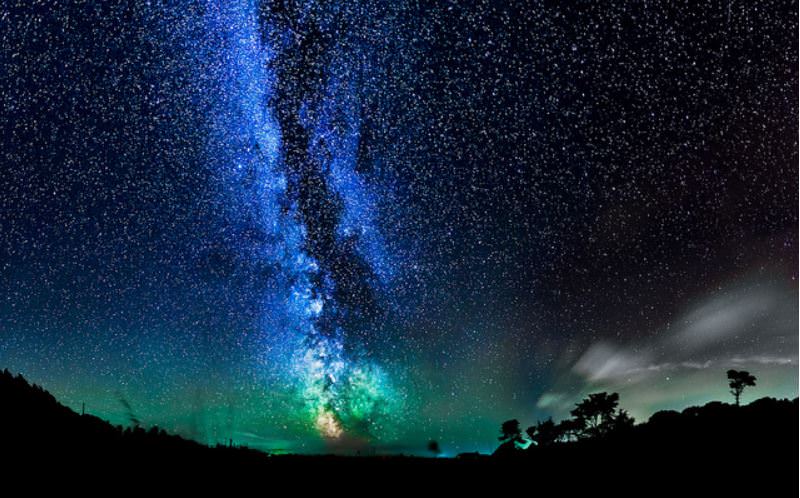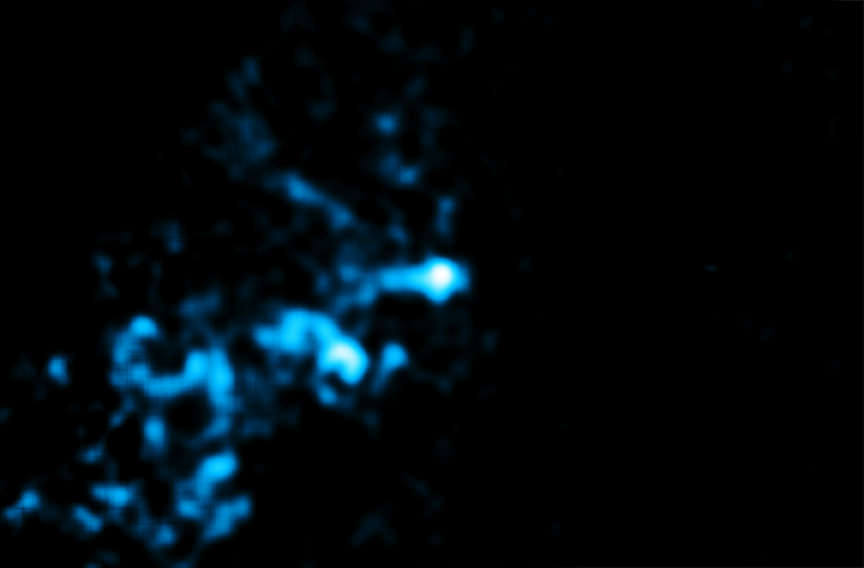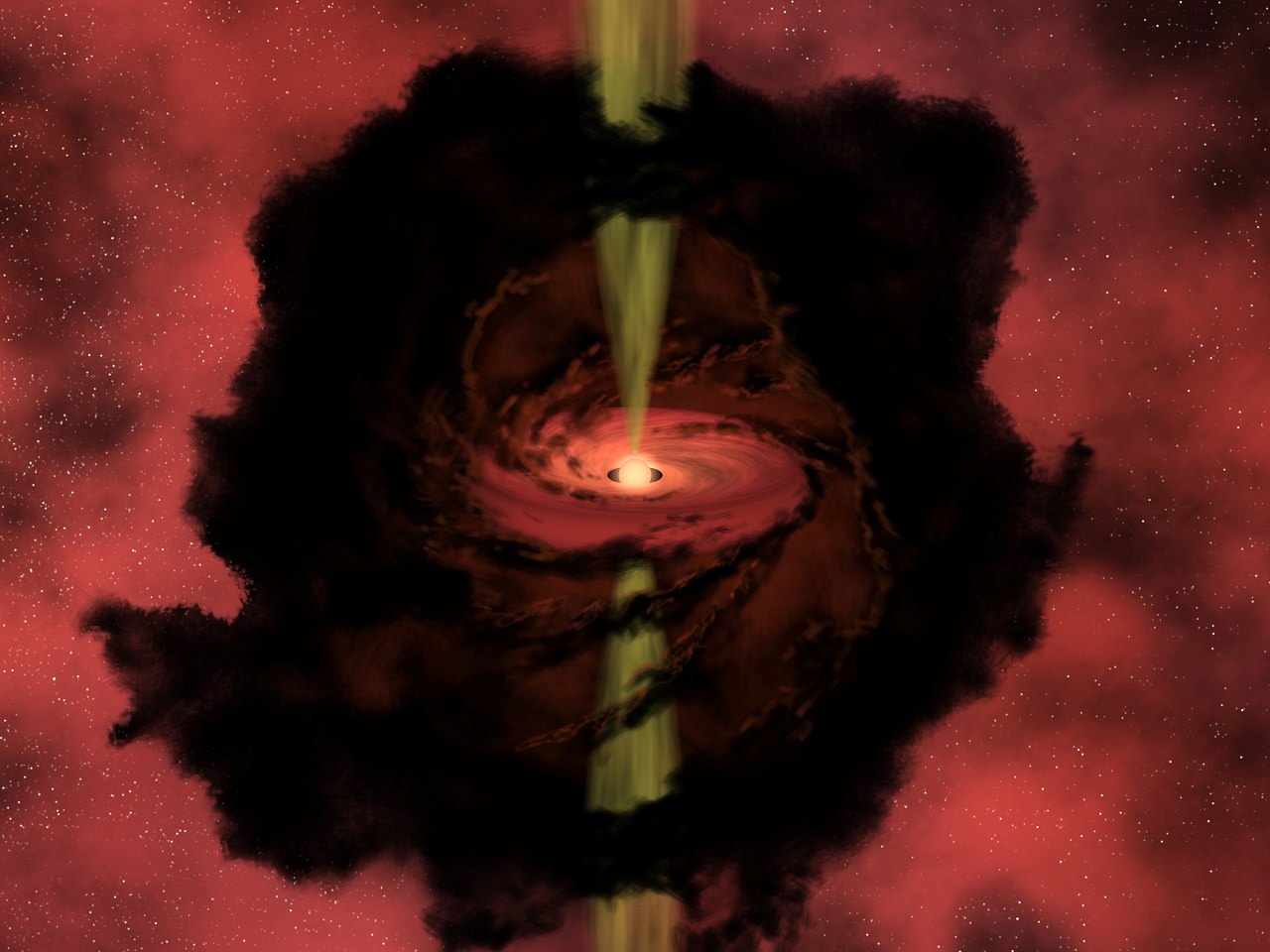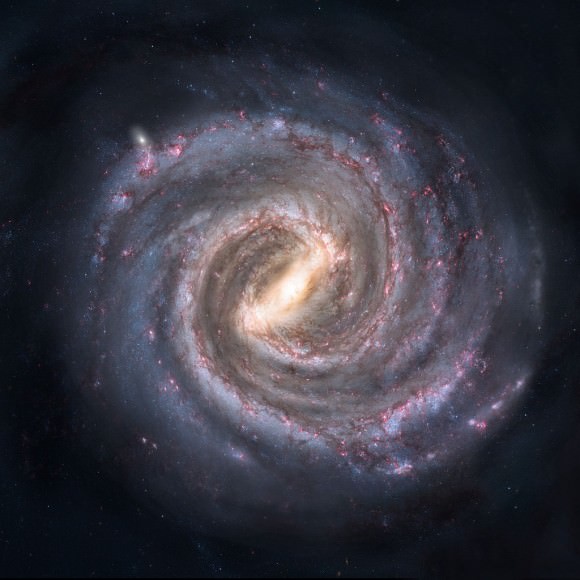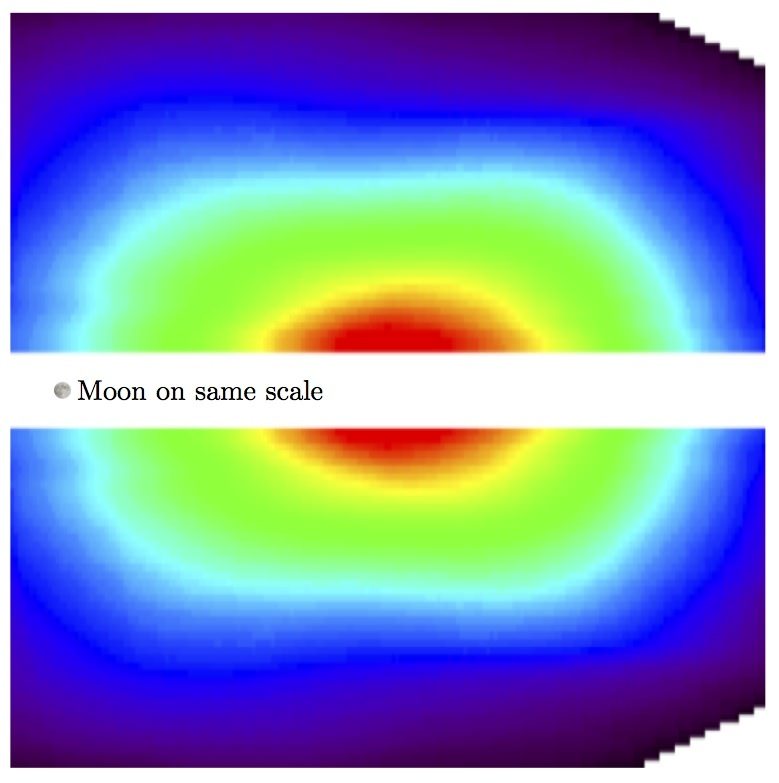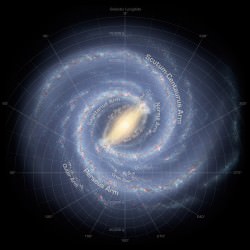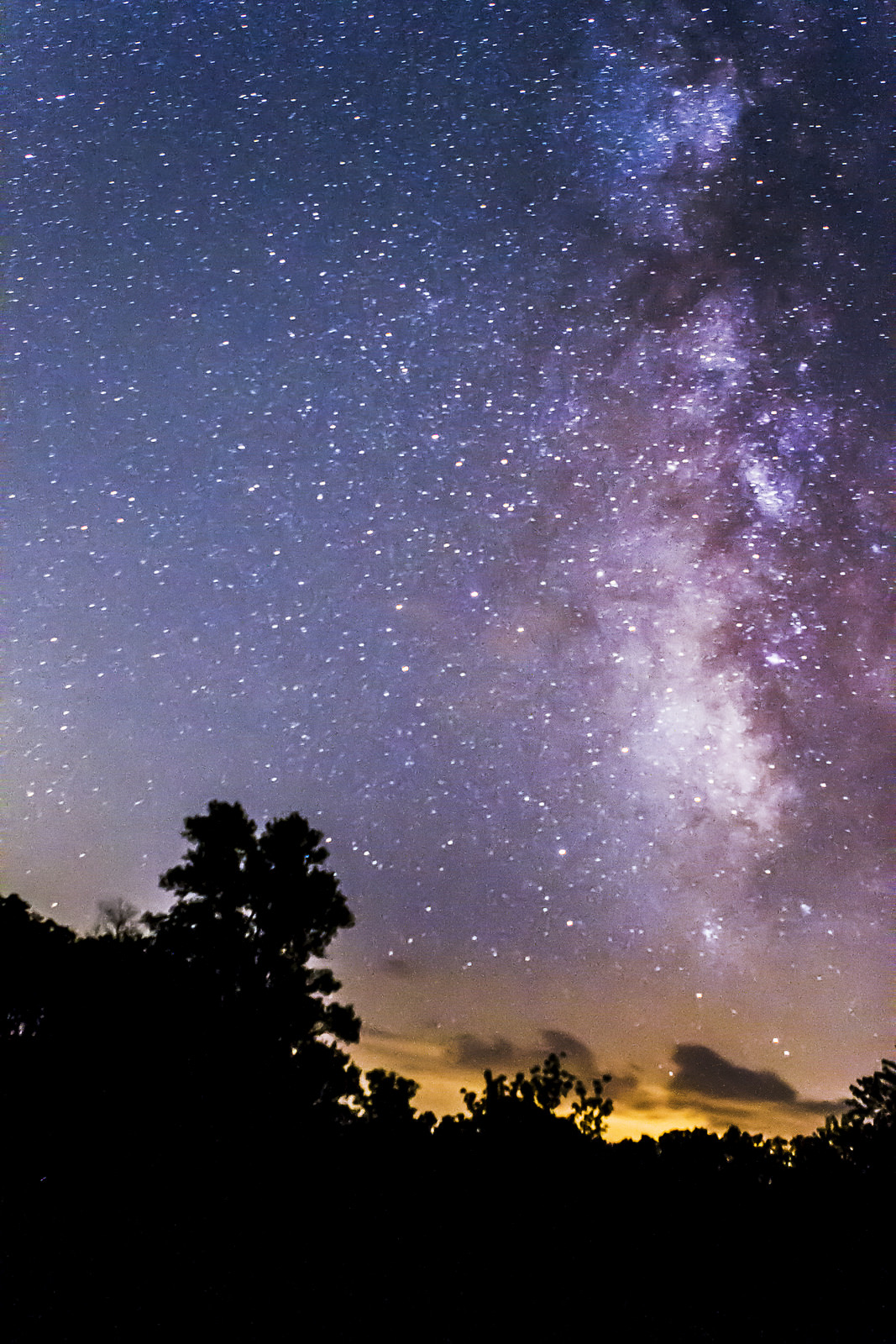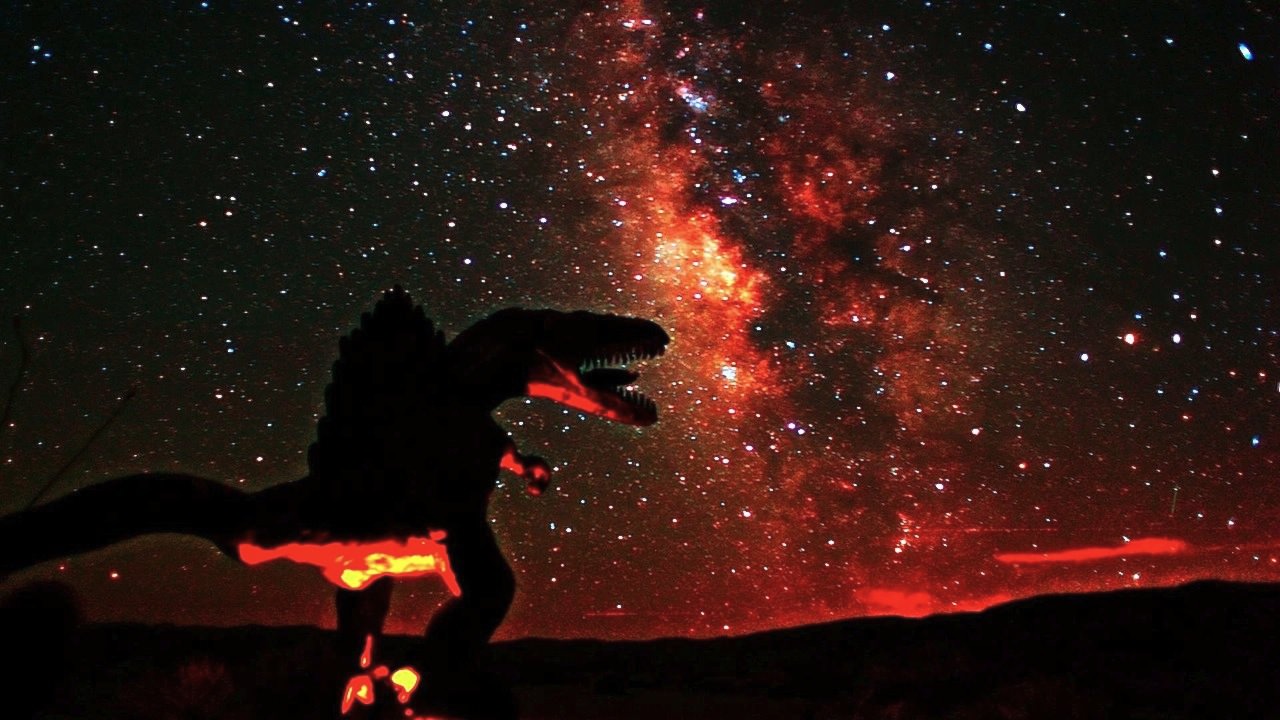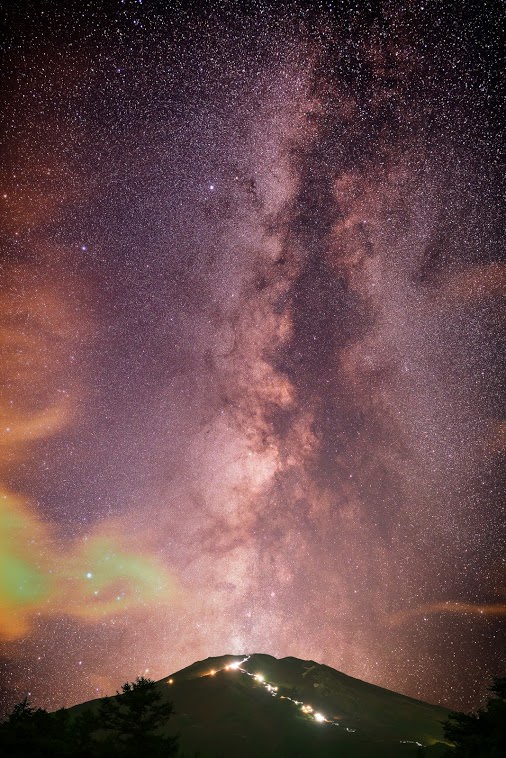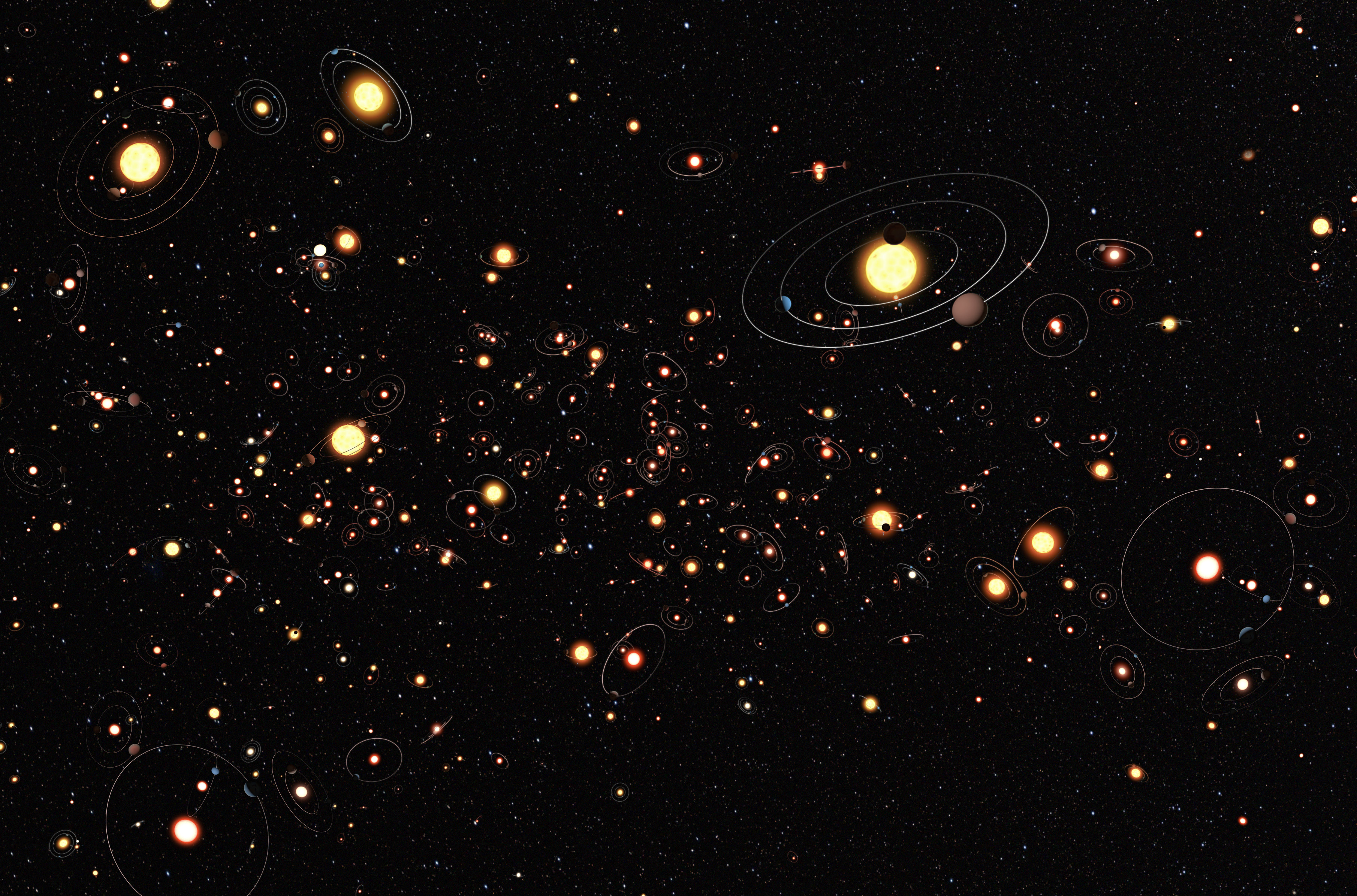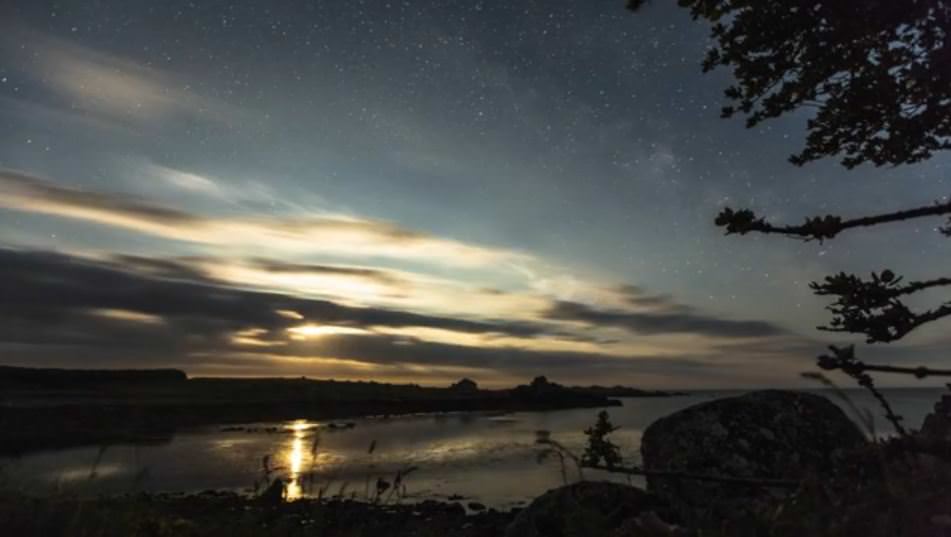A new study suggests that the number of habitable exoplanets within the Milky Way alone may reach 60 billion.
Previous research performed by a team at Harvard University suggested that there is one Earth-sized planet in the habitable zone of each red dwarf star. But researchers at the University of Chicago and Northwestern University have now extended the habitable zone and doubled this estimate.
The research team, lead by Dr. Jun Yang considered one more variable in their calculations: cloud cover. Most exoplanets are tidally locked to their host stars – one hemisphere continually faces the star, while one continuously faces away. These tidally locked planets have a permanent dayside and a permanent nightside.
One would expect the temperature gradient between the two to be very high, as the dayside is continuously receiving stellar flux, while the nightside is always in darkness. Computer simulations that take into account cloud cover show that this is not the case.
The dayside is covered by clouds, which lead to a “stabilizing cloud feedback” on climate. It has a higher cloud albedo (more light is reflected off the clouds) and a lower greenhouse effect. The presence of clouds actually causes the dayside to be much cooler than expected.
“Tidally locked planets have low enough surface temperatures to be habitable,” explains Jang in his recently published paper. Cloud cover is so effective it even extends the habitable zone to twice the stellar flux. Planets twice as close to their host star are still cool enough to be habitable.
But these new statistics do not apply to just a few stars. Red dwarfs “represent about ¾ of the stars in the galaxy, so it applies to a huge number of planets,” Dr. Abbot, co-author on the paper, told Universe Today. It doubles the number of planets previously thought habitable throughout the entire galaxy.
Not only is the habitable zone around red dwarfs much larger, red dwarfs also live for much longer periods of time. In fact, the Universe is not old enough for any of these long-living stars to have died yet. This gives life the amount of time necessary to form. After all, it took human beings 4.5 billions years to appear on Earth.
Another study we reported on earlier also revised and extrapolated the habitable zone around red dwarf stars.
Future observations will verify this model by measuring the cloud temperatures. On the dayside, we will only be able to see the high cool clouds. A planet resembling this model will therefore look very cold on the dayside. In fact, “a planet that does show the cloud feedback will look hotter on the nightside than the dayside,” explains Abbot.
This effect will be testable with the James Webb Space Telescope. All in all, the Milky Way is likely to be teeming with life.
The results will be published in Astrophysical Journal Letters (preprint available here).
